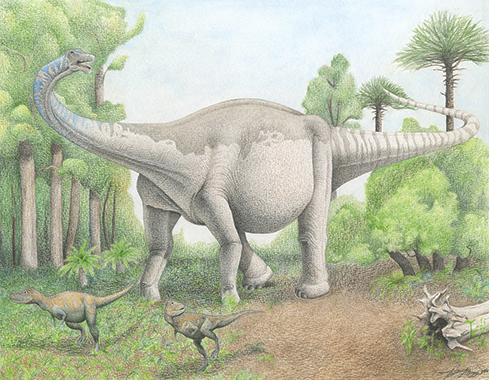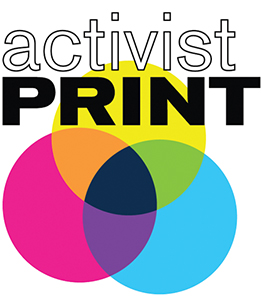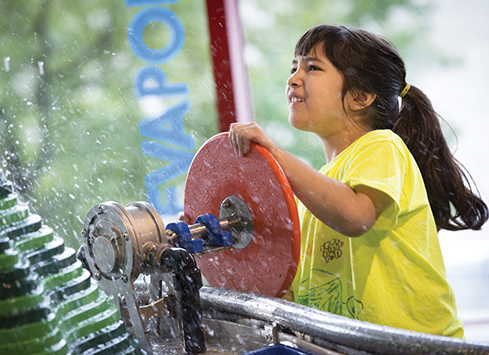 Spring 2016
Spring 2016|
Colossal Find
Carnegie Museum’s resident dinosaur hunter Matt Lamanna helped study and name a gigantic new species of dinosaur that’s among the largest land animals to walk the planet. Unearthed in Argentina, a complete hind foot of the new beast, named Notocolossus gonzalezparejasi, is giving scientists a first look into how the most massive titanosaurs once stood and moved. The foot, in the words of Lamanna: “It’s pretty weird!” That’s because it’s proportionally shorter and stockier than other sauropod feet—necessary, maybe, to support an estimated weight of 130,000 pounds, which is about the equivalent of the heaviest humpback whale. The foot also has a curiously small number of bones. Just the 85-million-year-old animal’s humerus bone—its upper arm bone—is as tall as Lamanna, who stands at 5 feet 10 inches, making it the largest ever discovered. Appropriately, its genus name, Notocolossus, translates to “southern giant,” and its species name honors Jorge González Parejas, a lawyer instrumental in the protection of Mendoza Province, where the fossils were discovered by Argentine paleontologist Bernardo González Riga. Riga turned to Lamanna, an expert on titanosaurs, to help study the colossal beast. The January findings came less than a month before Lamanna set out on his third trip to Antarctica in search of— what else?—new dinosaurs.
84: That’s the number of injured birds rescued in 2015 as part of BirdSafe Pittsburgh, a partnership between Carnegie Museum of Natural History and seven other local conservation organizations working to research and reduce bird-glass collisions in the city. Volunteer bird lovers comb Downtown streets looking for dead or injured birds, tracking what they find, and then transporting injured birds to the Wildlife Center at the Animal Rescue League in Verona and dead birds to the museum. These efforts were instrumental in Pittsburgh being named an Urban Bird Conservation Treaty City. The honor comes with grant money from the National Fish and Wildlife Foundation to support citizen science in bird conservation. As many as a billion birds die annually from collisions with glass windows in the United States.
$1.8 Million for STEM
Carnegie Science Center’s mezzanine gallery, home to its popular H2Oh! exhibit, is now known as Covestro Gallery in honor of the company’s generous $1.85 million gift in support of science, technology, engineering, and math (STEM) learning. The longtime Science Center partner (formerly Bayer MaterialScience, a leading polymer materials supplier) is also the sponsor of one of the Science Center’s highest-profile STEM initiatives, the newly renamed Covestro Pittsburgh Regional Science & Engineering Fair, now in its 77th year. Collectively, the Science Center’s STEM programs serve nearly 90,000 young learners annually.
"I saw more artists from my generation there, in one spot, than anywhere else in the ‘Burgh since I've been here, and it was in just the right location to show the old wigs what’s good with the new wave." -Joshua David Williams providing feedback on Facebook about the Museum of Art’s debut Third Thursday this past January. A collaboration with BOOM Concepts, the event attracted more than 500 people for a silent disco and unconventional gallery tours.
Green with Savings
Over a single year, Carnegie Museums cut its energy usage by 21.5 percent and its water consumption by 17 percent! Led by the institution’s facilities, planning, and operations team, these green savings won the Carnegie Museums top honors in the 2015 Sustainable Pittsburgh Green Workplace Challenge. Overall, the environmental competition among 50 western Pennsylvania companies, nonprofits, and other organizations resulted in $1.5 million in energy savings and 436 fewer tons of waste heading to landfills over the past year.
|
Masters of the Mesozoic Sky · The Art Revival of Mr. Chow · Unseen · What is Contemporary? · President's Note · Face Time: Adil Mansoor · Artistic License: The Museum as Laboratory · First Person: Race Against Extinction · About Town: Awarding the Changemakers · Travel Log · The Big Picture
 |
Copyright © 2017 CARNEGIE Magazine. All rights reserved. |






